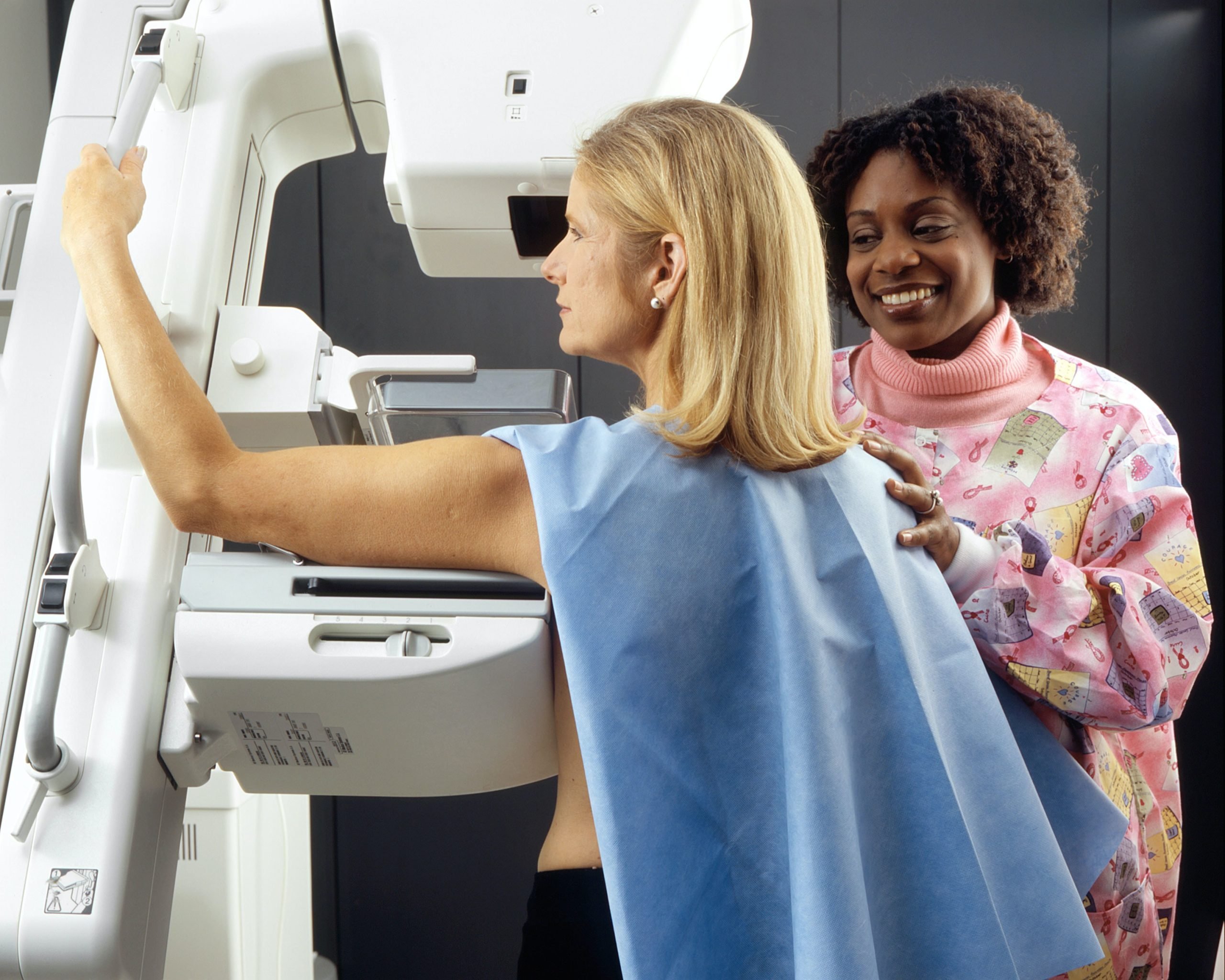You recycle, you try to ensure sustainable consumption by avoiding plastic in the first place, and even so, the trash can fills up first every day. You care about the environment and why they call it microplastic. The reality is that your washing machine is to blame for many of the ones that end up circulating in sea water, which are then eaten by fish and eventually we swallow them. A vicious circle that starts with washing a shirt in the machine and ends in our stomachs.
According to data from Greenpeacethere is no exact data on the amount of microplastic currently found in our seas, but it is estimated that between 5-50 billion pieces of plastic, not counting the pieces that are on the seabed or on the beaches. 70% remains on the seabed, 15% in the water column and 15% on the surface. Of these, and according to several studies, the waste produced by our washing machines is responsible for much of this environmental tragedy. After them, a few classics: cigarette butts, which take 12 years on average to decompose. And a few surprises: knick-knacks, mostly thrown from the beaches.
However, it is microplastics – invisible – that worries marine conservatives. On the one hand, the fabrics from which clothes are currently made. We are in a vicious circle again. With the increase fast fashion the presence of cheap fabrics increased. Mainly made of plastic materials. They release so-called microfibers down the drain over time and many washes. Plus, detergents and laundry pods that also contain this element only add additional factors to the equation. However, more than 700,000 microfibers can end up in wastewater with every use of a household washing machine and, as a result, end up in the sea.
Attempts to solve the problem of microplastics
France has been working on this problem for some time. Circular Economy Law French requires new washing machines to be fitted with microplastic filters by 2024. Over time, all operating units will collect this type of waste. For those who have yet to travel, there are accessories that allow you to purify the water. For example, AEG has begun selling an external filter for washing machines that purifies water before it enters the public stream.
But what do we do with all this waste that is generated throughout the year? Turkish home appliance company Beko is trying something new. In addition to adding appropriate filters, they create the appliances themselves from recycled products. Or at least some of them. Thus, the handles of the stoves are made of fishing nets and textiles, namely 71 tons. The washing machine tanks themselves, with total 398 plastic bottles – 60 pcs.– or egg shells or cornstarch for refrigerators. This project “is not only the processing of products, but also the collection of what we produce,” says Manuel Royo, director of the company in Spain.
However, almost 15% of all household appliances are recycled to save the world from microplastics. Isn’t that enough? – they are surprised, and maybe it is so, but this is the path that needs to be taken. They also add that for a recycled element to be taken into account, it must be durable. And also the fact that it does not increase the price of the product. “More than 80% of households say the environment is an immediate problem of attack and 40% are willing to pay more for a decent product”, dot. But how much more? “Between an additional 5-10%,” he adds. If we add the economic situation and the component of the crisis, price sensitivity increases. Because while microplastics are worrisome, the reality is that the economy is more frightening. And that’s all, even if our washing machine represents a public danger for the future. And this should worry us.
Source: Hiper Textual











